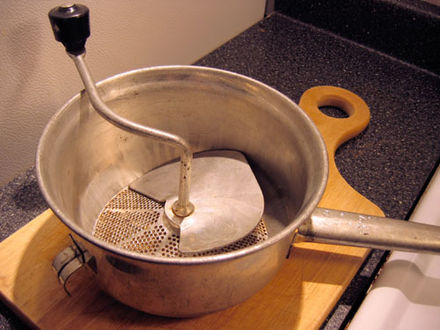
 1
1




Check out Redhawk's soil series: https://permies.com/wiki/redhawk-soil
 6
6





 3
3





Works at a residential alternative high school in the Himalayas SECMOL.org . "Back home" is Cape Cod, E Coast USA.
 3
3




John Wolfram wrote:While crab apples have other uses, I'm skeptical about how much pollination benefit they provide in a polyculture setting. In a mono-culture of acre after acre of Red Delicious trees, they are useful because you can stick in a few crab apples and achieve good pollination. In a polyculture with several different varieties nearby, adding a crab apple for pollination seems a bit redundant.
Here's a good chart showing pollination compatibility for various apples.
https://www.acnursery.com/resources/pollination-charts/apple-chart
$10.00 is a donation. $1,000 is an investment, $1,000,000 is a purchase.
 5
5




"The world is changed by your example, not your opinion." ~ Paulo Coelho
 3
3








Mike Grande wrote:I have a Fuji apple that I grown from seed. It does produce flower and apple. The apple was the size of the cherry the first year of fruiting. It's yellow and orange in color and tasted sweet. The fire blight got to the tree and I have to prune some of the branches including the top leader. It does fruit the 2nd year of fruiting, but all the fruits dropped during summer. It does not grown that much from spring to summer. In fall, it came back stronger. Now there are 3 leaders including the sugar sprout that grown from the lower branch. The sugar sprout branch was as big as the other 2 leaders. If they wanted to compete, I'll let them. Amazing sugar sprout considering that it has grown that big in less than a year. It's a crab apple? Likely, consider the size of the fruit. Regardless, it has some amazing green. The flowers turned pink to red and eventually turned white on full bloom.
$10.00 is a donation. $1,000 is an investment, $1,000,000 is a purchase.
 5
5




Milan Broz wrote:Is there a reason to include crab apple in design also?
My tree nursery: https://mountaintimefarm.com/
 2
2




Md Jones wrote:I have hunted since 2017 for a Chestnut Crabapple in the Midwest, and just got 2 lovely specimens from a great nursery in Apple Vallet MN named Pahls this fall (2021). This is the tree my kids grew up under, in Grandma's MN backyard that made the best eating, sauce and pie apples ever. Perfect 2-inch apples, lovely May blooms, sweet yet complex flavor, disease resistant...the total package. The time it took me to find a nursery in a 4 state search radius with available stock should be enough to support their desirability. If you find one, buy it...you won't ever regret the investment!
Once you make a decision, the universe conspires to make it happen. - Ralph Waldo Emerson
 2
2




 3
3




Saralee Couchoud wrote:Not sure if I have crab apple tree or not. It was a store bought tree. We called it the Charlie Brown apple tree because it was bush hogged twice and run over twice. It struggled but kept on growing. Finally, it died (the graft died) but the root stock took off. So we really don't know what we have. It has 1000s of tiny (pea size fruit) not sure you can do anything with them
$10.00 is a donation. $1,000 is an investment, $1,000,000 is a purchase.
 3
3




 4
4





|
This guy is skipping without a rope. At least, that's what this tiny ad said:
Learn Permaculture through a little hard work
https://wheaton-labs.com/bootcamp
|



